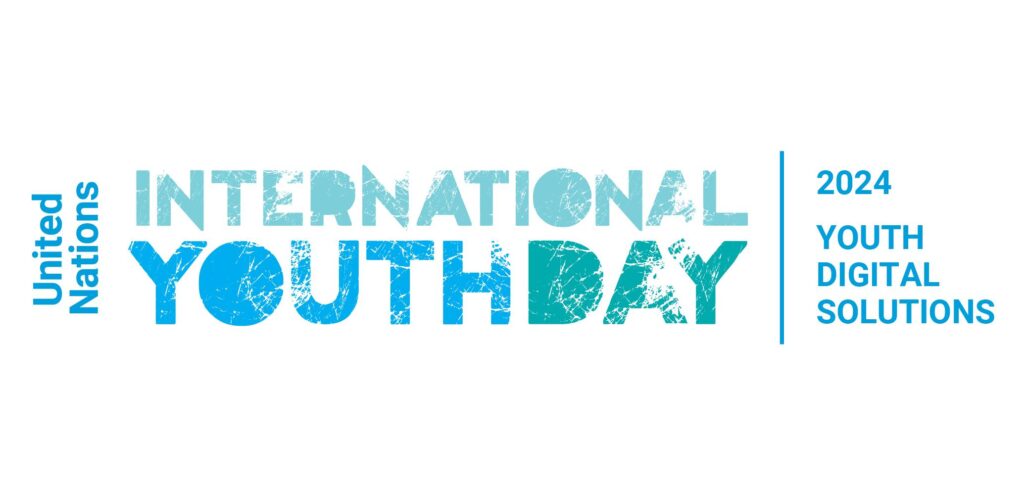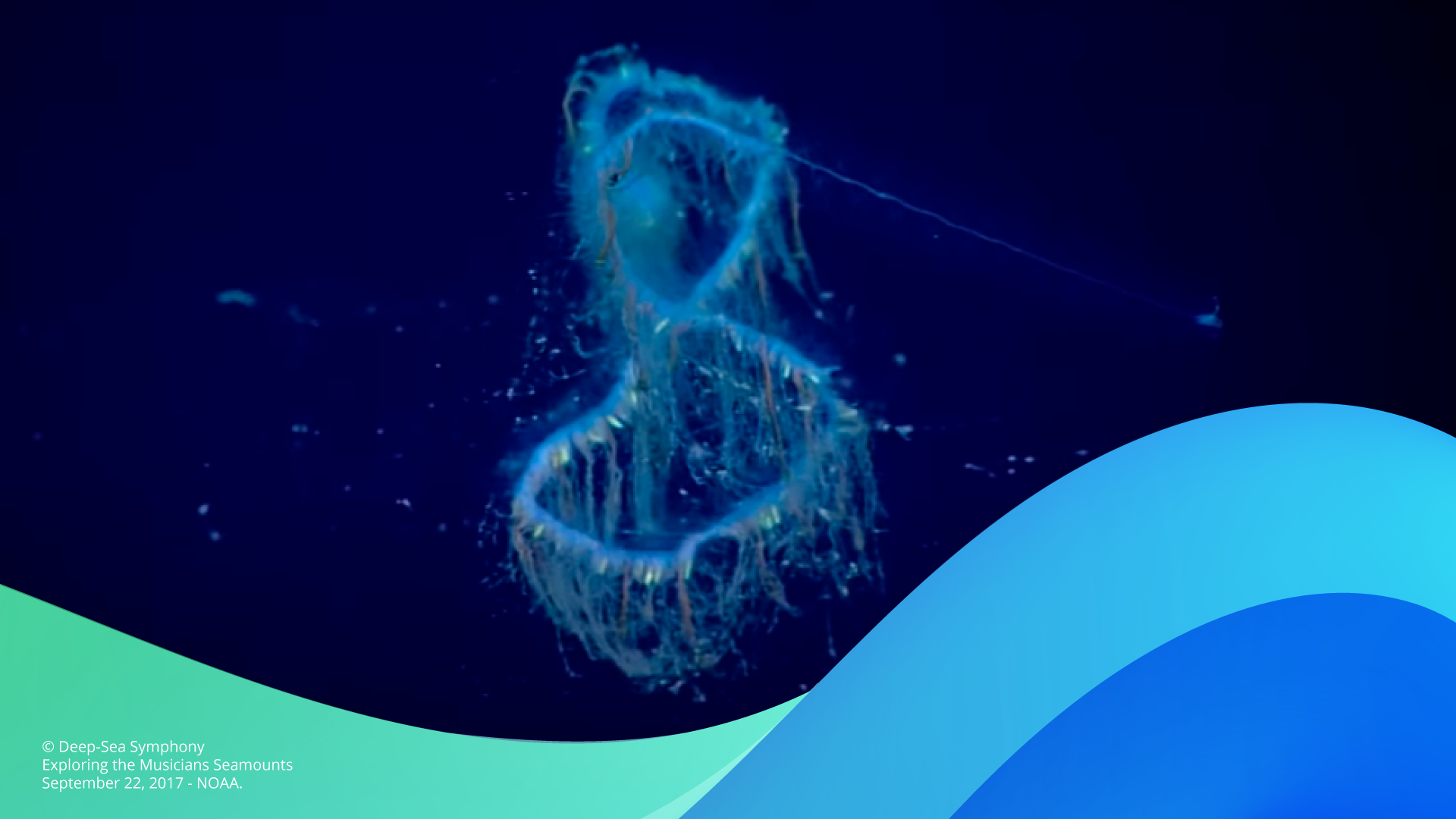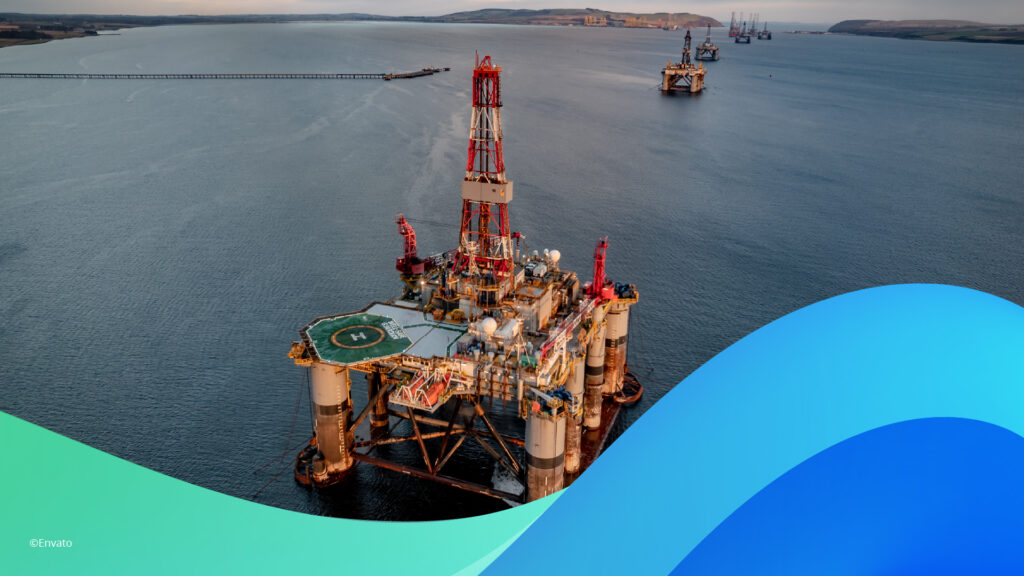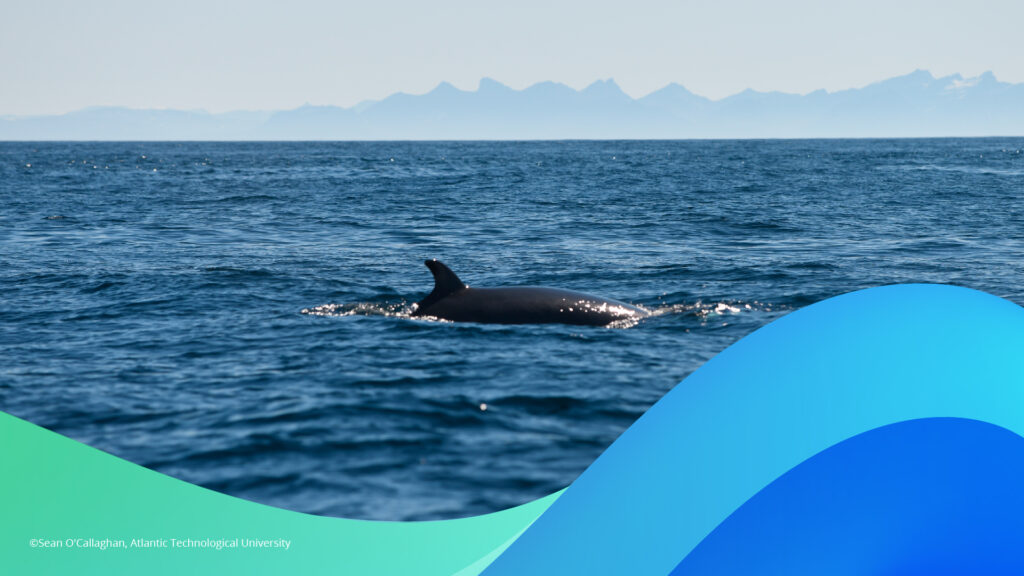
Did you know that International Youth Day is celebrated around the World every year on the 12th of August? The theme for International Youth Day 2024 – “From Clicks to Progress: Youth Digital Pathways for Sustainable Development” – highlights the key connection between digitalisation and accelerating the progress of the Sustainable Development Goals (SDGs), emphasising the crucial contributions of young people in this transformative process.
On this occasion, OceanICU had a friendly chat with Dr. Jack Laverick, a Chancellor’s Fellow in Statistics and Data Science at the University of Strathclyde in Scotland and a founding member of the Youth4Ocean Forum, one of the three components of the EU4Ocean Coalition for Ocean Literacy, launched in 2020.
Ocean Modelling
How did you get involved in ocean modelling?
I found out I enjoyed modelling as an undergraduate on a biology degree, but I wasn’t taught about modelling the ocean. During my (marine) PhD I started to play with a few ideas as a side project and really enjoyed how far you can get in understanding something by carrying out these sorts of “what if” experiments in your head and then on a computer. That really took off when I started a job in a maths and stats department to work on the StrtahE2E* marine ecosystem model.
How would you describe what modelling is?
I would say modelling tries to make something very simple, that looks and feels like something far more complicated, so we can play with it. In a computer game, we play for fun in simple versions of life (or fantasy!) but might learn a bit about the setting or theme of a game. With a mathematical model of the ocean, we play so we can learn how best to support the environment.
How will the work you do in modelling help us better understand the role of the Ocean in the global carbon cycle?
My specific work looks at how human activities combine and affect the ocean. Fishing, offshore renewable energy projects, nutrient runoff from land, and climate change are all happening at once. Sometimes these things may compete, other times they combine to have larger effects. Our modelling looks at how people are changing carbon cycling in the ocean, and whether we could do things differently.
What would your advice be to young people who are interested in working on ocean modelling?
Maths is useful, but it’s also okay to be into marine biology and later learn about computing and maths. That’s what I did. Having said that, I think we are now into a time when learning to code at a young age is far more useful than it was before, for marine modelling but also lots of other things.
The role of the Ocean in the global carbon cycle
Why is it important to better understand the role of the Ocean in the global carbon cycle?
Some estimates suggest if there wasn’t a biological carbon pump in the ocean, atmospheric CO2 concentrations could be twice as high. That is roughly equivalent to 4 degrees of global warming, way above what is generally considered safe. This pump isn’t going to turn off tomorrow! But understanding something which has such a strong ability to remove carbon from the atmosphere could be very useful for combating climate change.
How would you describe the biological carbon pump to somebody who is not familiar with scientific terms?
Living things in the ocean take carbon from the air (phytoplankton take up carbon dioxide) and land for food. As these things produce waste and die, the carbon sinks and is slowly buried away where it takes a very long time to get back to the atmosphere. If this didn’t happen, the world would be a lot hotter as more carbon dioxide would contribute to the greenhouse effect.
We hear a lot about carbon these days. How would you describe it in your own words?
Carbon is an element on Earth. It’s quite abundant, and it’s the fundamental building block of all living organisms on our planet. Now we hear about it a lot in the media because when it’s in different forms, carbon can do different things. So, when it is in the atmosphere, bound to oxygen as carbon dioxide, it contributes to the greenhouse gas effect. This increases the temperature of the planet, leading to climate change.
But carbon can be found in other forms as well, based on whether it’s being consumed by plants or other organisms that will use it for energy. So, we find people talking about carbon, because that’s the way of transferring that element on the planet into different forms.
Some of those forms are things that we want to encourage, some of those things we want to stop, but all of it in terms of climate conversations is a way of trying to change carbon dioxide concentration in the atmosphere.
Why do you think it is important for citizens to understand the ocean carbon cycle?
The ocean does a lot of unseen work regulating our planet. We like to say “out of sight, out of mind”. A lot can be done to manage the carbon cycle on land, but all those unseen processes in the ocean are being affected by changes to the global carbon cycle. It’s important to know what those are so we can be prepared for any potential tipping points and looming disasters. Even if citizens are not the ones to fix this, it’s important they know things are changing so they can be supportive of the solutions.
The amazing Ocean
What is the most amazing thing you have learned about the Ocean?
This might be an odd one, but I think historical sea level changes are amazing when you see them. I’ve dived and seen “fossilised coastlines” around small islands. Diving down to 60 or 100 metres below the sea surface and exploring an old beach, that puts things into perspective for someone who lives on land. It’s amazing to think that 200m of sea level change would put half the world’s human population underwater!
Do you have a favourite ocean species (e.g. fish, mammal)?
It changes from time to time! But, at the moment, I like telling people about siphonophores (long floating colonies of jellyfish like bubbles). I saw some beautiful ones on a black water dive off Hawaii a few years ago and the way they unwind when swimming away really stuck with me.
Ocean literacy
What is it like for you working on EU4OCEAN?
The EU4Ocean Coalition is quite a broad collection of people, and what brings us all together is a real love for the ocean and a desire to share that with other people, to help improve what we call ocean literacy. I meet lots of scientists, aspiring journalists, people who are working in the European Commission in a political or governmental context, and interesting people who have their own big ideas for essentially company startups, whether they want to clean the ocean or make changes to the ways that people are doing things in the sea, such as fishing
Why is EU4Ocean an important initiative?
We have a gap at the moment in that young people just aren’t getting quite as much of a voice as we think they need when it comes to the future of our planet. And that’s true for the ocean as well as a few other things concerning our environment. EU4Ocean is born from this idea that we’ve got these significant changes that are happening at sea, and a whole bunch of young people that really love the ocean and want to make sure it’s still there to be enjoyed in the future.
So, when you get to big international and European Union level meetings and people are discussing how we are going to manage our future planet, it makes sense that young people, who have the biggest stake in how things are in the future, are able to say something about what they think we should be doing going forward.
EU4Ocean aims to teach young people issues about what’s happening in the sea. And to help ensure that young people can be heard, that they can attend key events, get training, have engagement with members of Parliament; activities and opportunities that they probably wouldn’t have had before EU4Ocean. And we want to make sure that the people who need representation are actually able to represent themselves.
What do you think is the best thing a concerned citizen can do to help the environment, specifically the ocean?
Vote on the basis of green issues. Failing that, write to your local political representative. The science is unequivocal that we need to do more to support the environment. We already have a lot of measures we could introduce tomorrow, but governments aren’t willing to do them because they think they will be unpopular. We need to tell the people in charge that we want this world to be a better place.
To get involved in EU4Ocean, please visit the website at: eu-oceanliteracy.eu
Thank you, Jack! Happy International Youth Day!
Dr. Jack Laverick
Dr. Jack Laverick has a PhD in Environmental Research from the University of Oxford where he studied tropical coral reefs of the twilight zone. Jack moved in 2019 to the University of Strathclyde in Scotland to contribute to developing a whole food web marine ecosystem model for the Arctic (StrathE2EPolar)*. Jack is now a Chancellor’s Fellow in Statistics and Data Science at Strathclyde and continues using StrathE2E to study how human activities like fishing interact with the food web and climate change to change our seas. You can play with these models yourself using the StrathE2E-App.



